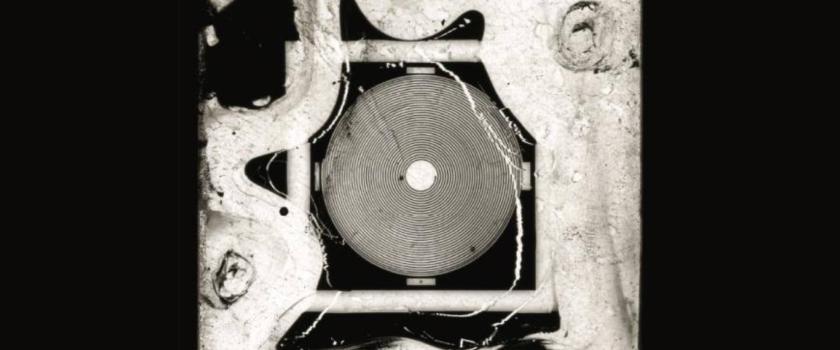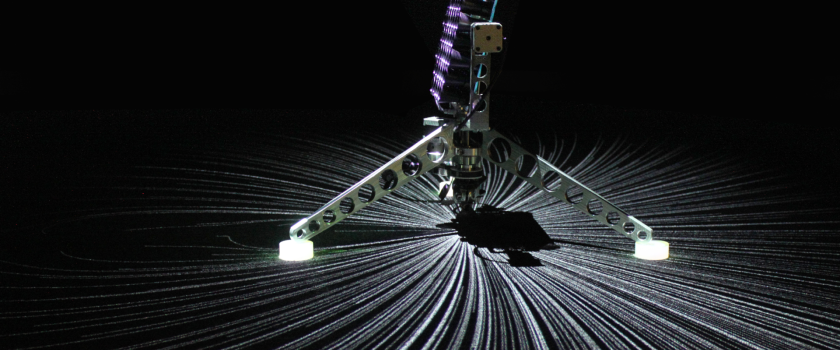By taking a closer look at two to three example works which have been created and/or managed by a gallery, I want to illustrate the workflow and possibilities of an internationally active gallery in the field of preservation. Most of the galleries do not have a conservator (specialized in multimedia art) in their team and do not confront future problematics with this kind of art work. As a result, many multimedia pieces degrade and technical equipment, such as VHS-recorders, camcorders, 16mm film rolls, or CRT-monitors, age in wooden crates without anyone taking notice. After some years, new solutions need to be found to make it possible to reinstall the art works again.
Often, digitization and new technical equipment is needed in order to retain the possibility for reinstallation. But this comes with an actual change to the art work, one which the artist needs to authorize. Technically, as long as the artist is fine with the "redesign" of their artwork, it is not a problem, but on the other hand the gallery pushes the change of an art work in order to exhibit and potentially sell it. At the same time, there is not enough time to do proper research and conservation of the art work's hard- and software, which could yield the truth as to the original experience of the viewer. While these changes happen in discussion between technicians, the sales team, the artist liaisons and the artists, the documentation of the actual "preservation" process is not recorded. After finishing a project, rudimentary notes are saved in a database and, most of the time, technical information is only transferred verbally. This means that if one team member leaves the gallery, the knowledge of his work leaves as well and it probably will not be handed over with the art work to future collectors and conservators. Apart from the hardware, the databases and file types also need to be checked and managed for preservation, which is also not the main focus of a gallery. Instead, the gallery focuses on file types and data transfer in the present, but only rarely keeps the future readability of those files in mind.
As a trained conservator of photographs and multimedia art, and after working for numerous museums, I was confronted with different views on the preservation of art works in the gallery context. I tried to find a way to sensitize my team to the preservation of multimedia art works, but also started questioning myself about the conservator's role. A gallery is a commercial enterprise which needs to generate money to be able to produce art, and preserving multimedia art (and art in general) is not a main topic for galleries at the moment. Should it be?
Carolin Pommert is a freelancing conservator of photographic and audiovisual heritage, Head of archive and preservation at the contemporary art gallery neugerriemschneider - Berlin.Master's degree: Entrepreneur NOVIA University of Applied Science, Jakobstadt (Finland), bachelor degree: Restoration / Conservation of Audiovisual and Photographic Heritage University of Applied Science, HTW-Berlin.


